Shipping to the UAE
Shipping to the UAE
Smooth, Cost-Effective, and Global Ocean Freight to/from the UAE
At DFreight, we provide a wide range of business sea freight services for a variety of commodities, including foods, fruits, electronics, cosmetics, and furniture; offering transparent, effective, and reliable door-to-door cargo to or from the UAE. You can conduct business without being concerned about the challenges of shipping to or from the UAE using our all-in-one digital freight solutions.
Our digital freight forwarding platform provides real-time monitoring of shipments, ensuring that you have complete visibility and control over your cargo. We offer end-to-end services tailored to your unique requirements, making shipping to or from the UAE a hassle-free experience. We help you ship business cargo to various cities in the UAE, including Dubai, Abu Dhabi, Sharjah, etc. in the easiest, fastest, and safest way possible.
You can rely on DFreight to assist you with all of your international cargo shipping to or from the UAE thanks to our FCL and LCL shipment ocean freight cargo services. With the help of our digital freight platform, you may submit your inquiry right away and receive the best competitive prices for shipping your cargo to or from the UAE.
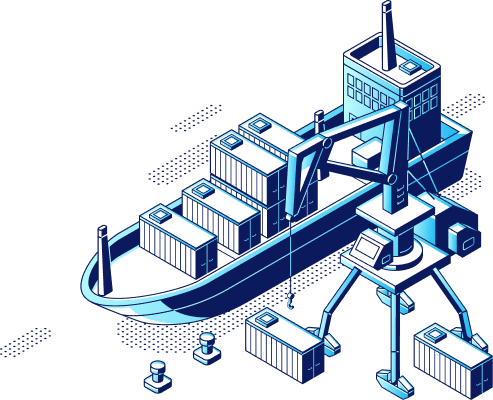
UAE Exports and
Imports
The top exports of United Arab Emirates are Crude Petroleum, Refined Petroleum, Gold, Broadcasting Equipment, and Diamonds, exporting mostly to India, Japan, China, Saudi Arabia, and Iraq.
The top imports of United Arab Emirates are Gold, Broadcasting Equipment, Refined Petroleum, Diamonds, and Cars, importing mostly from China, India, United States, Saudi Arabia, and Germany.
Market Update
According to OEC, in 2021, United Arab Emirates was the number 23 in total exports, the number 22 in total imports, and the number 55 most complex economy according to the Economic Complexity Index (ECI) .
The UAE freight market is expected to grow at a healthy rate in 2023. This growth will be driven by the increasing demand for efficient and cost-effective transportation solutions in the region, especially in the industrial, retail, and healthcare sectors.
With the implementation of advanced technologies such as blockchain and the advent of smart logistics, the freight market in the UAE is expected to remain strong in the coming years.
Banned Products
The United Arab Emirates has a strict policy on banned products for importing into the country.
Items such as firearms, illegal drugs, pornographic material, alcohol and pork products are strictly prohibited.
Additionally, certain items such as food, drugs, and cars require special permits before they can be imported.
Any items that are not allowed into the UAE must be disposed of or returned to the sender.
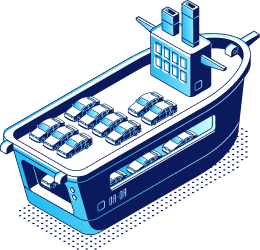
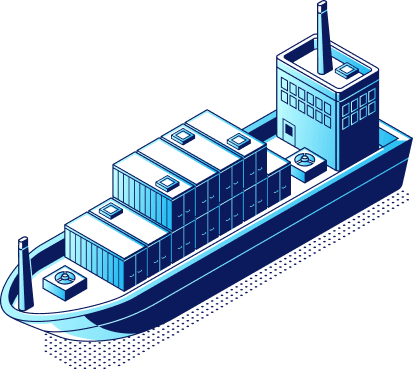
Documents & Customs Clearance
One thing to take into account when exporting cargo internationally is customs clearance. You must be aware of the customs clearance regulations of the destination countries when shipping cargo from the UAE.
The following documentation must be given to local customs for international shipments by the supplier, consignee, or intermediary:
– A commercial invoice
– A packing list
– A bill of lading
– A certificate of origin
Shipping Different Commodities from/to Netherland
Seafood Shipping to UAE
Importing Cosmetics to UAE: A Comprehensive Guide
Shipping Clothes to UAE-A Comprehensive Guide
Major Sea Ports
-
Italy
Germany
United Kingdom
Netherlands
France
Turkey
Spain
Denmark
Switzerland
Czech Republic
Hungary
Poland
Romania
Greece
Portugal
Slovakia
Sweden
Ireland
-
China
India
Taiwan
Hong Kong
Japan
Singapore
South Korea
Malaysia
Qatar
Indonesia
Saudi Arabia
Thailand
Bangladesh
Lebanon
Kuwait
-
Uganda
Congo
Egypt
Rwanda
Kenya
South Africa
Morocco
Algeria
-
-
-


We consolidate cargo from Germany, Belgium, France, Luxembourg, and nearby cities to Amsterdam, then ship it directly to Dubai.
Certificates & Memberships
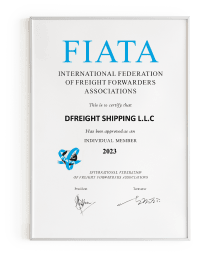
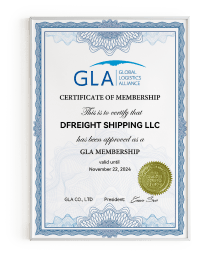
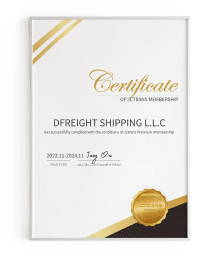
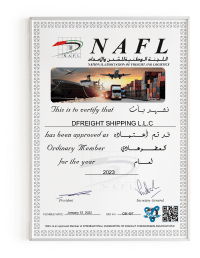
- Stress-Free Documentation We simplify the paperwork process, making it easy for you to focus on what matters most – your shipment.
- Clear Cost Breakdown Our pricing is straightforward, with a detailed breakdown so you can see exactly where your money goes.
- Dedicated Support We’re just a click away. Your dedicated support team is there to address any questions or concerns promptly.
- Live Shipment Tracking Easily follow your ocean and air freight shipments 24/7 with real-time tracking. No more unexpected delays.
Ship Your Cargo with Ease
Get Started Today!
Why Choose Consolidated Air Freight?
Guaranteed Space
Secure your cargo space without worries.
Reliable Scheduling
Count on our reliable predictive schedules
Nationwide Collections
We pick up your cargo throughout Benelux and Germany
Regional Trucking
Benefit from local trucking within Europe and GCC
Competitive Pricing
Enjoy market-competitive air freight rates
Fast Delivery
Rapid and secure shipping for time-sensitive items
Regional Trucking
Benefit from local trucking within Europe and GCC
Competitive Pricing
Enjoy market-competitive air freight rates
Fast Delivery
Rapid and secure shipping for time-sensitive items
Guaranteed Space
Secure your cargo space without worries.
Reliable Scheduling
Count on our reliable predictive schedules
Nationwide Collections
We pick up your cargo throughout Benelux and Germany
Any Questions?
Reach out to us, and our experts will work with you to discover the tailored solution you need.





 Germany
Germany Netherlands
Netherlands Luxemburg
Luxemburg Belgium
Belgium





